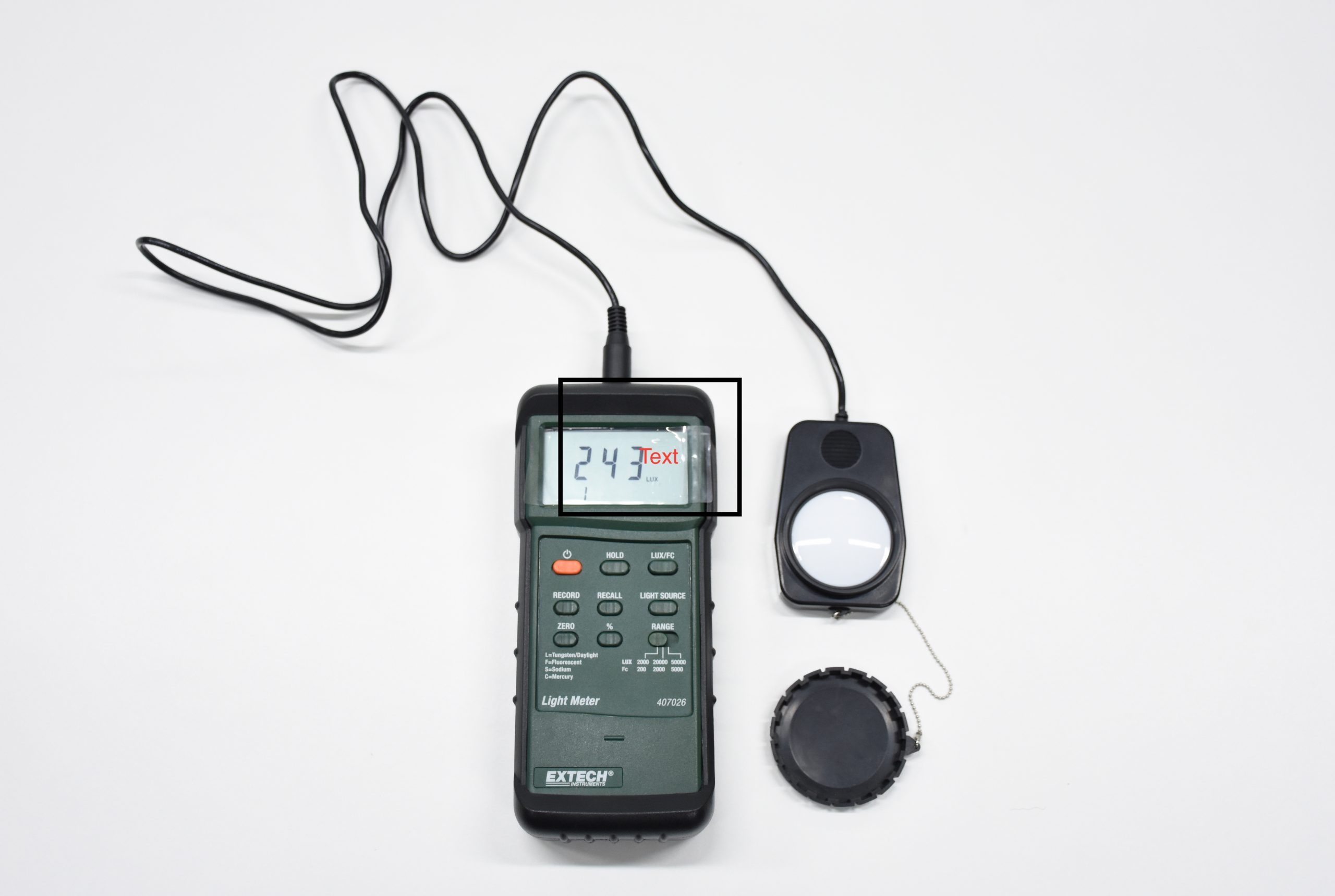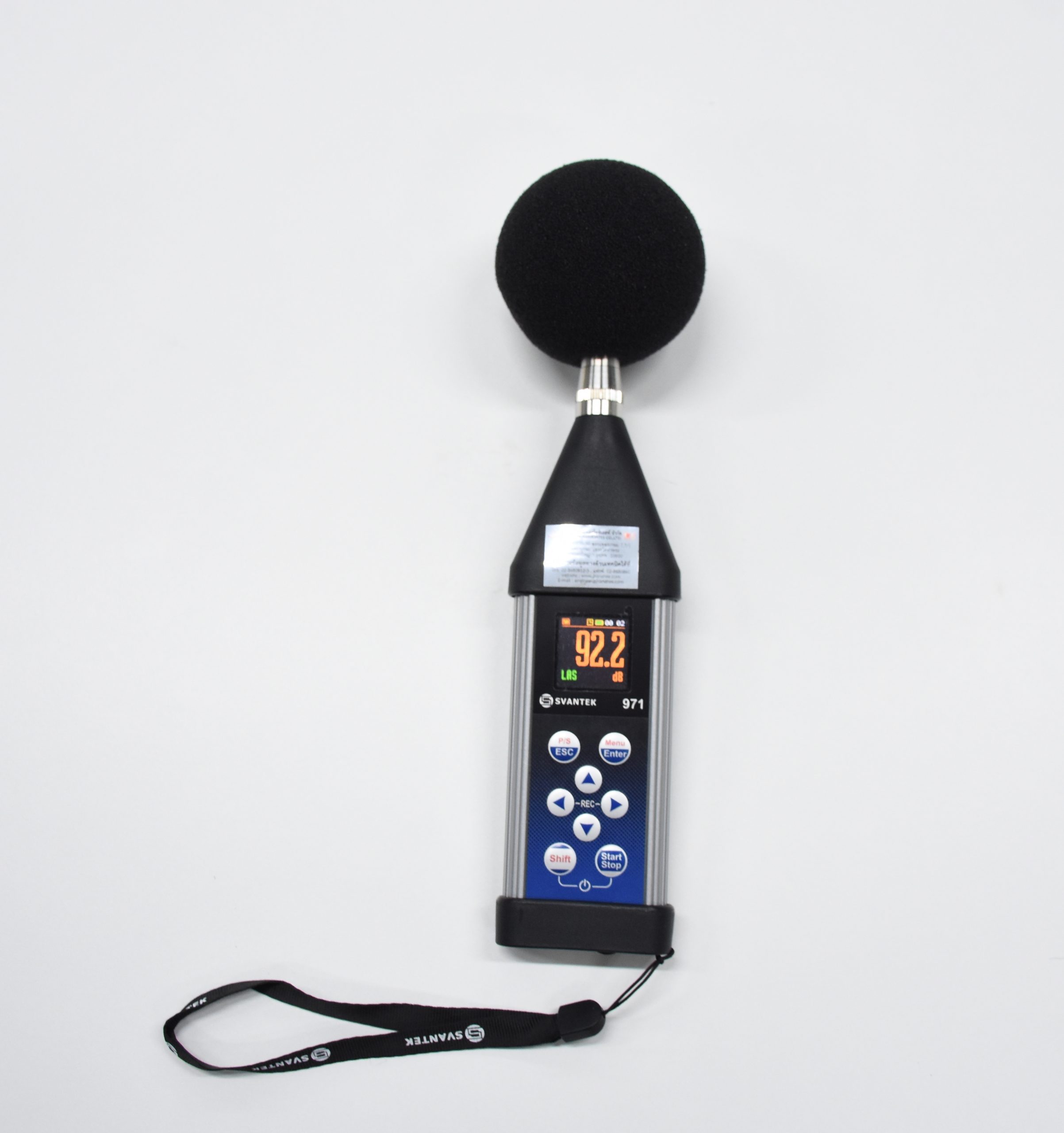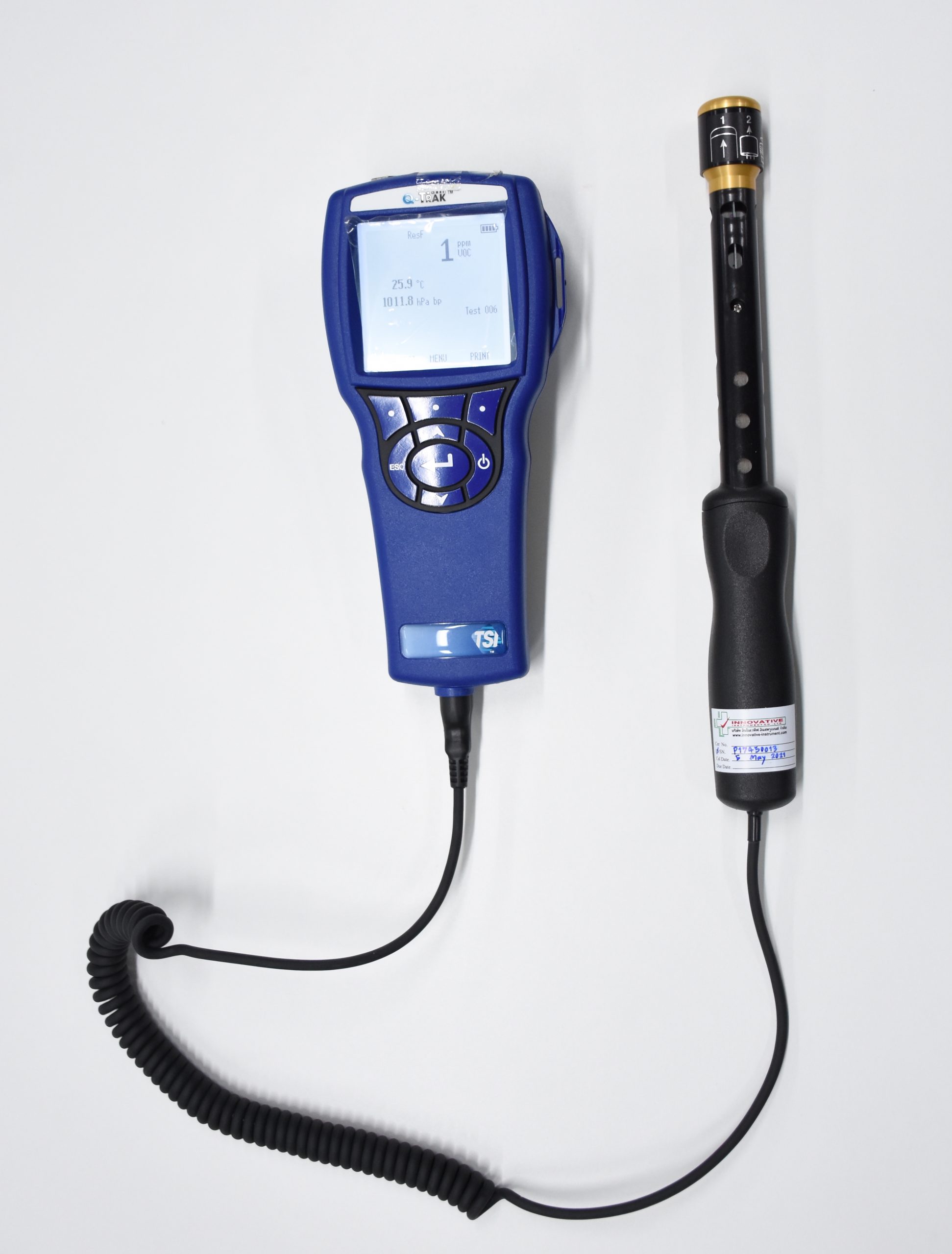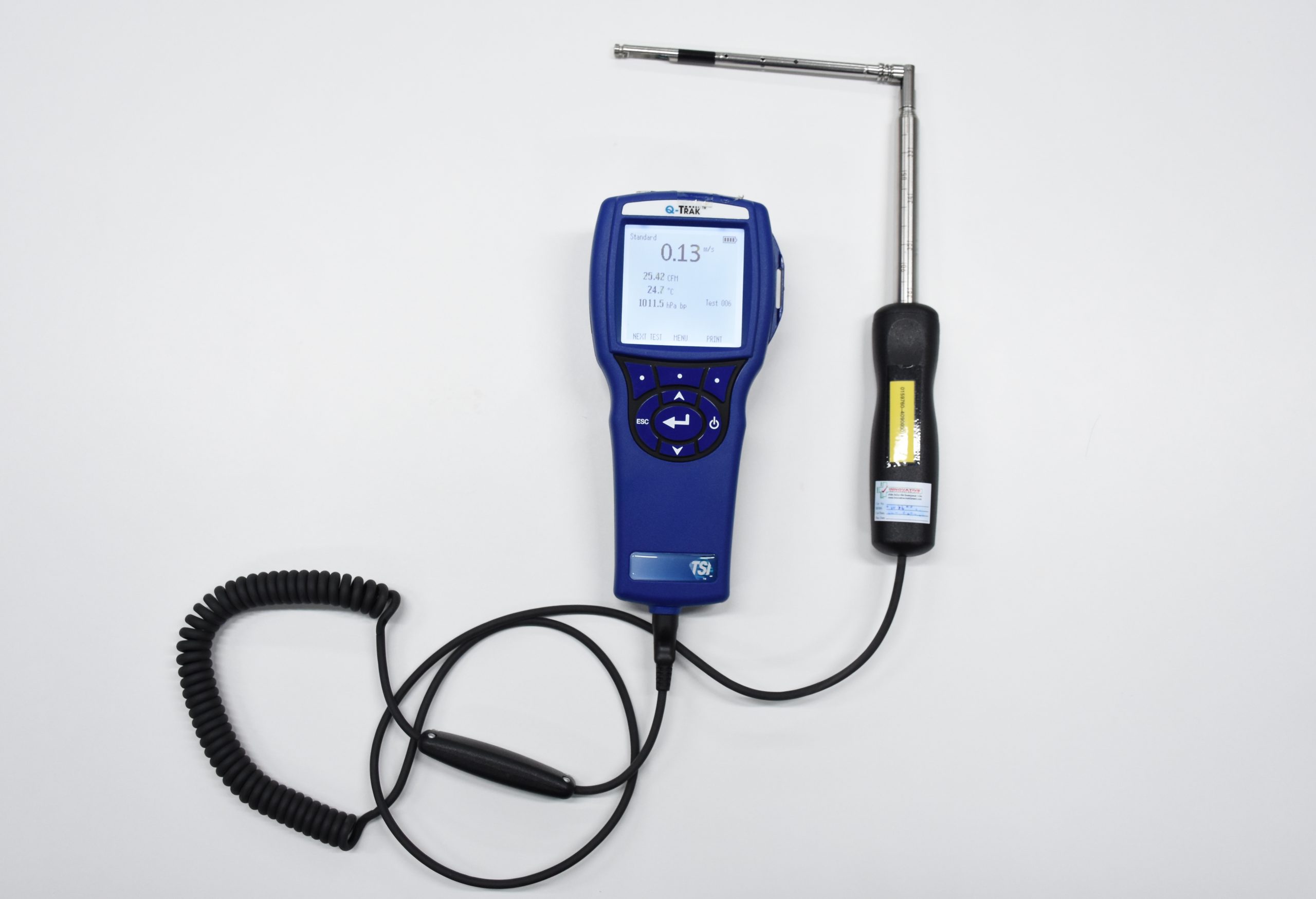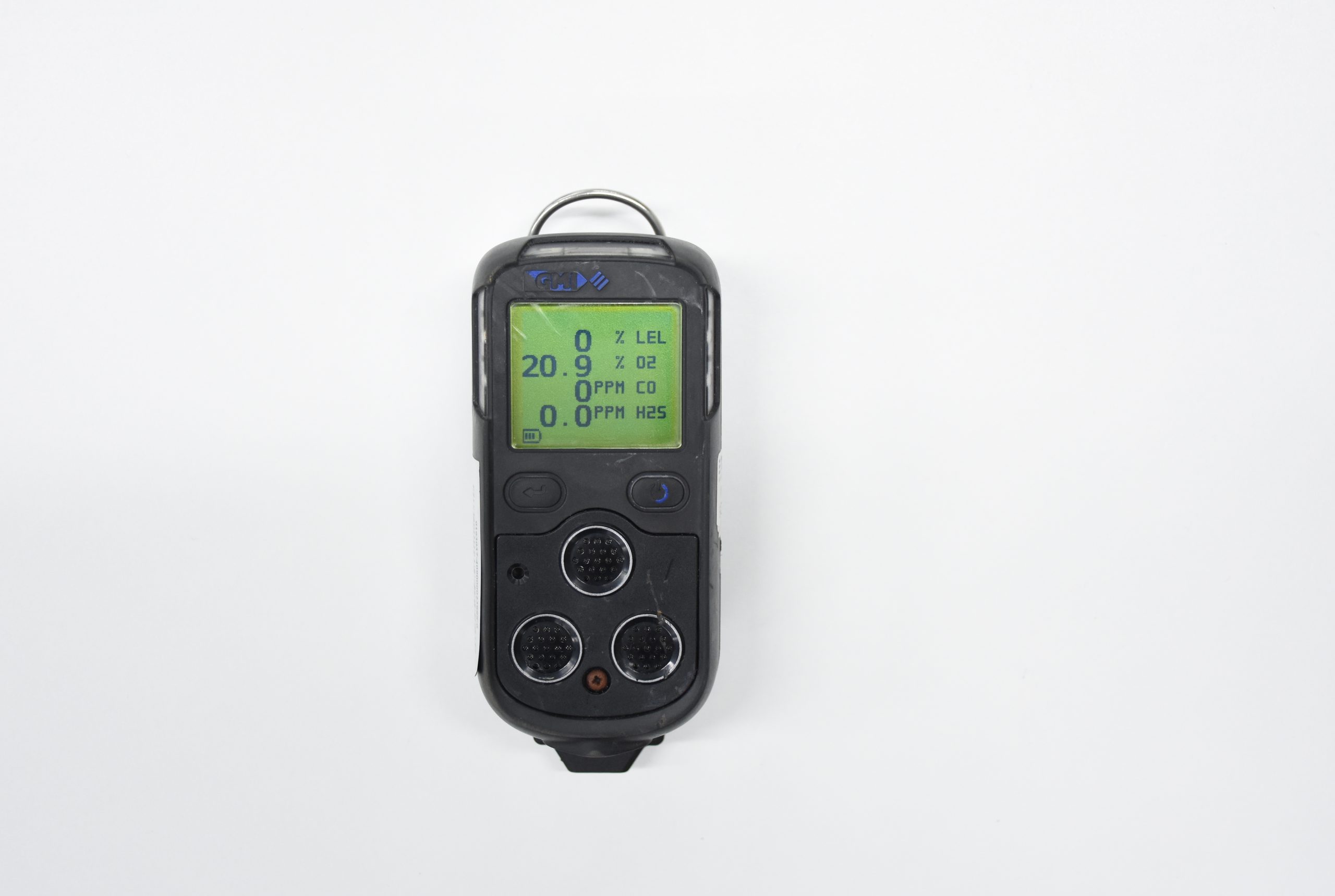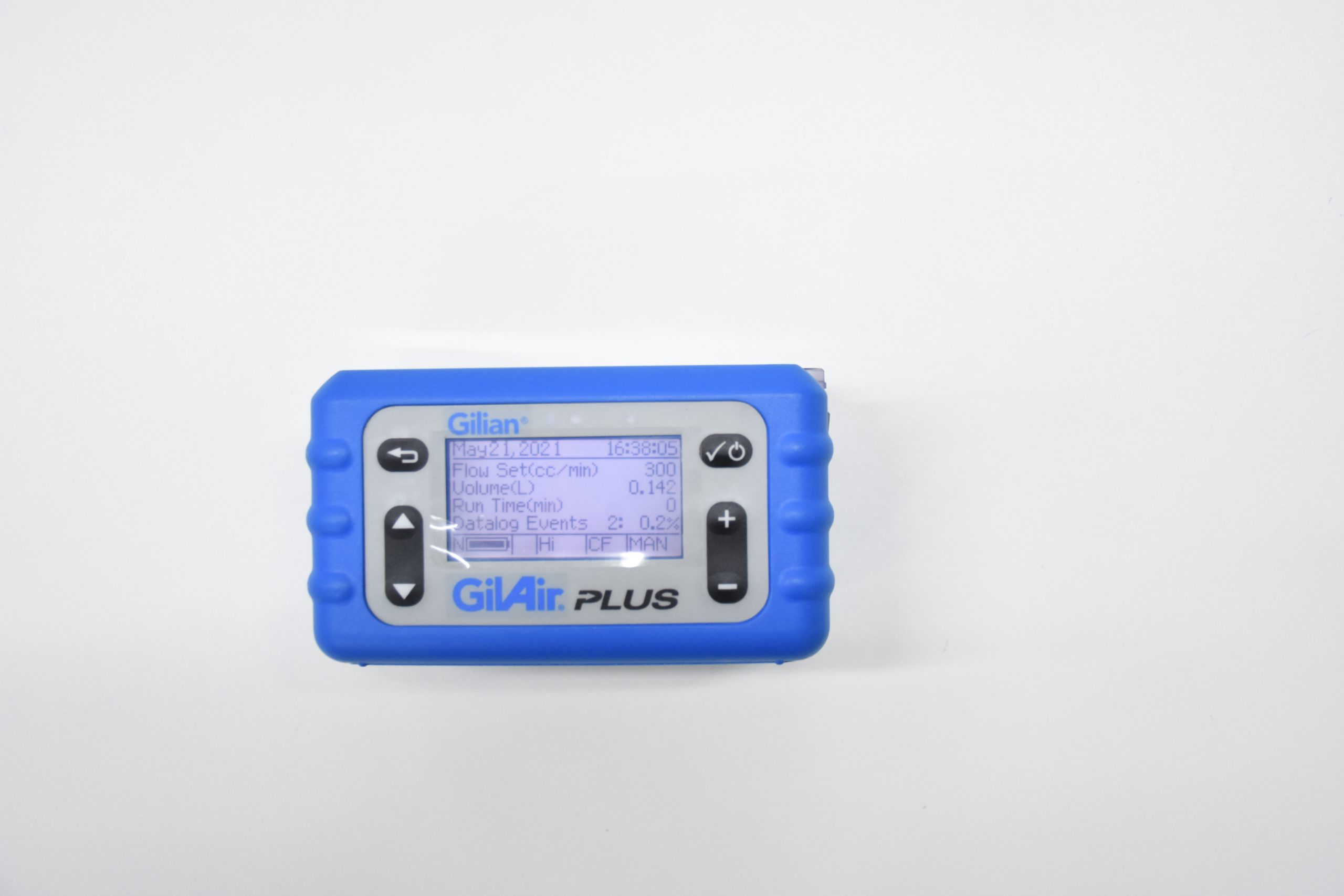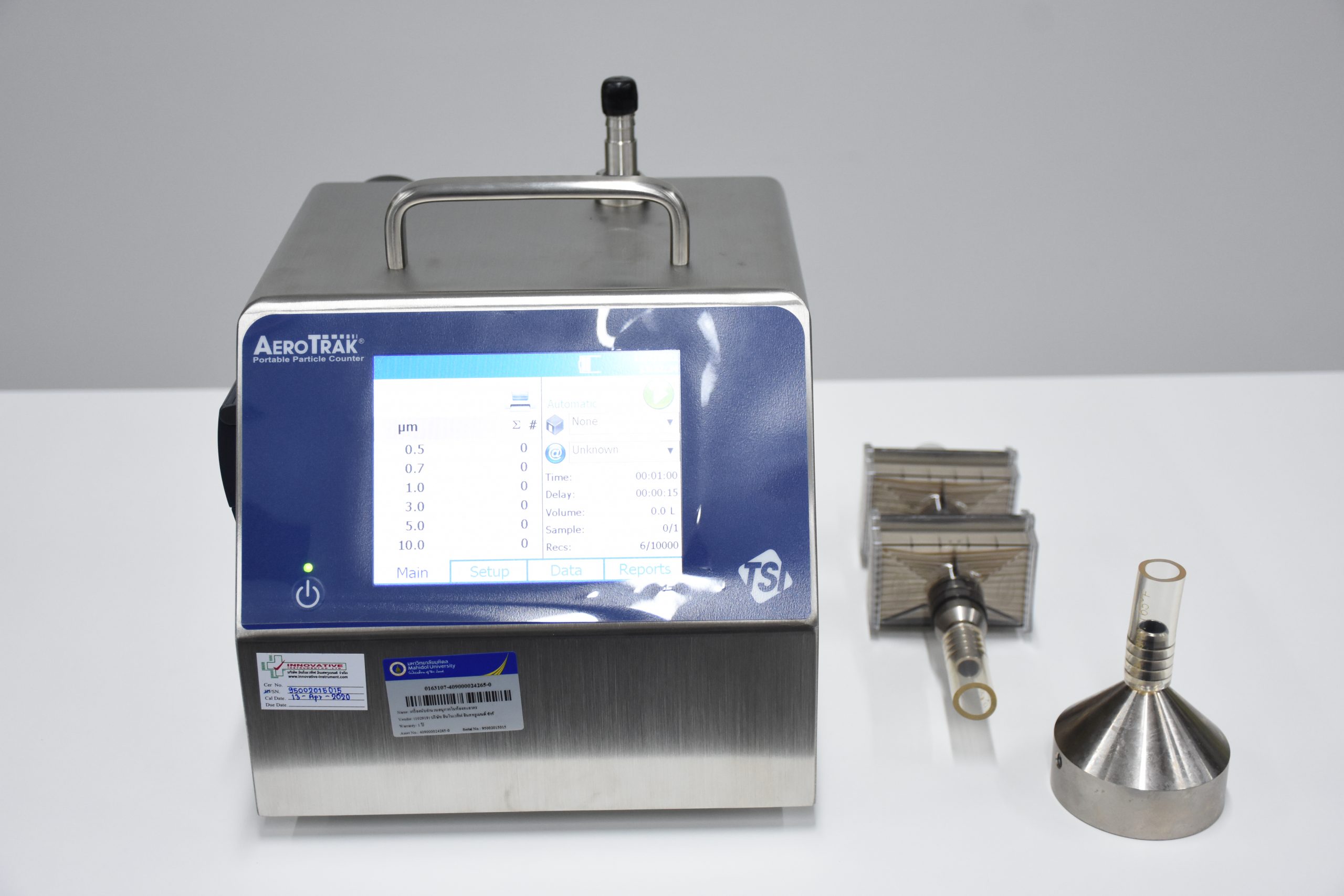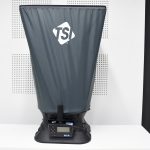Lux meter
- This measures the average luminous intensity of every 2x2 square meters of the general area and the production area within an activity’s location.
- It measures the luminous intensity at specific spots where operation personnel stare or fix their eyes.
- Measuring luminous intensity requires the use of a light meter with properties matching International Commission on Illumination (CIE) 1931 standards, ISO/CIE 10527, or an equivalent such as JIS. Moreover, before the measurement begins, the instrument’s reading must be set at zero (0).
- Measurement results are compared with standard criteria as per the law or the standards of relevant institutes or organizations.
Sound Level Meter and Analyzer
- The measurement helps assess the sound level that could affect operation personnel’s hearing and determines the type and characteristics of sound to provide sound protection. The sound level meter’s properties meet IEC 651 Type 2 standards; an equivalent such as. ANSI S1.4, BS EN 60651, and AS/NZS 1259.1; or better such as IEC 60804, IEC 61672, BS EN 60804, and AS/NZS 1259.2.
- Area noise level (Leq 5 mins) measurements are taken only for continuous noise. Steady-state noise is continuous noise with a noise level that changes by no more than 3 dB(A).
- Time-weighted average (TWA) sound level measures the level of non-steady stat noise which is continuous noise whose level changes more than 10 dB(A) and which has intermittent noise.
- Noise dose assesses the level of noise exposure as a time-weighted average (TWA). Noise dosimeters have properties matching the IEC 61252 standards, an equivalent such as ANSI S1.25, or better.
- Impulse or impact noise is calculated to assess the exposure to levels of impulse or impact noise that occur over short periods of time and can cause harm to hearing depending on the noise level and the number of times a person is exposed to it. This is determined by using an impulse or impact noise meter with properties matching IEC 61672 or IEC 60804 standards, an equivalent such as ANSI S1.43, or better.
- A sound pressure level and octave band analyzer assesses the characteristics of sound to control and protect against the effects of sound. The tool analyzes sound octaves.
VOC Detector
- This measures the total volatile organic compound (TVOC) level.
- Results are compared with the standard criteria recommended by related institutes or organizations such as ASHRAE and the Singapore Standard Code of practice for indoor air quality for air-conditioned buildings.
Pitot Tube Anemometer
- This measures the wind speed in pipes such as air conditioning vents to determine the airflow rate inside a room.
Gas detector
- This portable gas detector provides excellent protection in confined spaces, with both sound and visual alerts in the event of flammable or toxic gases.
- It can measure four types of gases including methane, oxygen, carbon monoxide, and hydrogen sulfide as well as other flammable gases.
Indoor Air Quality Meter : IAQ
- Air quality inside a building is an important factor affecting health and hygiene and could lead to illnesses for people using the building. It is, therefore, necessary to appropriately and efficiently control the quality of indoor air.
- There are several parameters that can be studied to determine the indoor air quality including:
- Temperature/ relative humidity / wind speed
- Carbon dioxide (CO2) concentration / carbon monoxide (CO) concentration
- Formaldehyde concentration
- Total volatile organic compound (TVOC) level
- Level of particulate matter equivalent to PM2.5 and PM10
- Total bacterial load in the air/ total mold amount in the air/ parameters specific to the area including:
- Nitrogen dioxide (NO2) concentration
- Ozone concentration (O3)
- Amount of dust mites (allergens)
Personal Sampling Pump
- The personal sampling pump works according to the NIOSH, OSHA, EN 1232, ISO 13137 safe, or EN1232 standards.
- The pump can be used with other sampling tools such as a sampling bag, cassette filter, cyclone, impinger and tube.
Portable Particle Counter
- This tool measures the number of particles in a clean room and can count particles within the range of 0.3 to 25 microns.
Alcohol Breath Tester
- This measures the level of blood alcohol content using a person’s breath. Drinking alcoholic beverages leads to the absorption of alcohol molecules in the veins throughout a person’s body including their lungs causing the alcohol that evaporates in the lungs’ air sacs to be released with each breath exhaled thus making it possible to be measured by an alcohol measurement tool.
- Alcohol is measured in milligrams/100 mgs (Mg% or Mg/100MI).
ACCUBALANCE AIR CAPTURE HOOD 8380
- This airflow-rate measurement tool can be used in a variety of ways such as
- Connected to a capture hood for measuring airflow rate
- Connected to a matrix probe to measure the wind speed
- To measure differential pressure
- Connected to a pitot tube, to measure the wind speed in pipes
- To measure the flow rate
- To measure static pressure, temperature, and moisture
